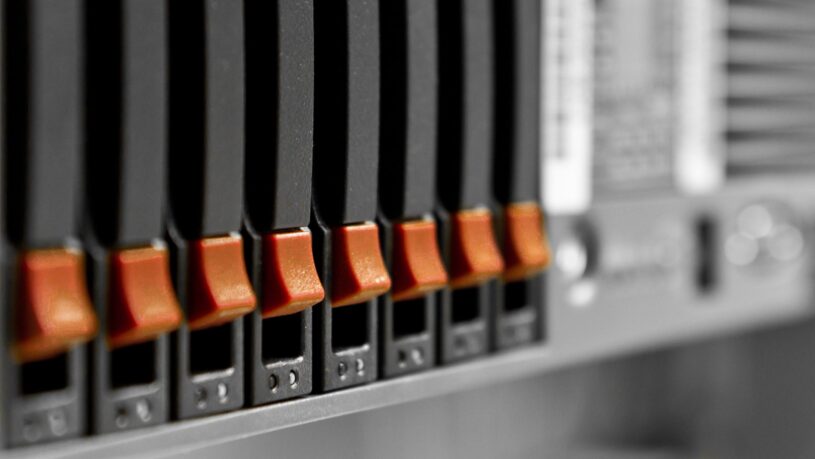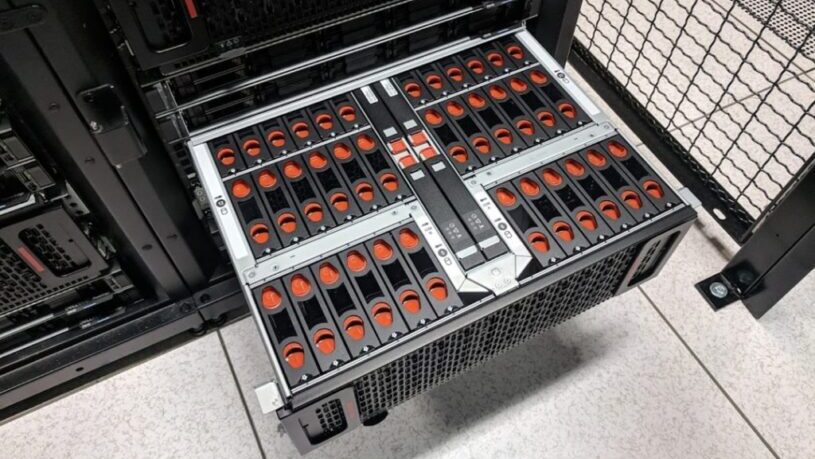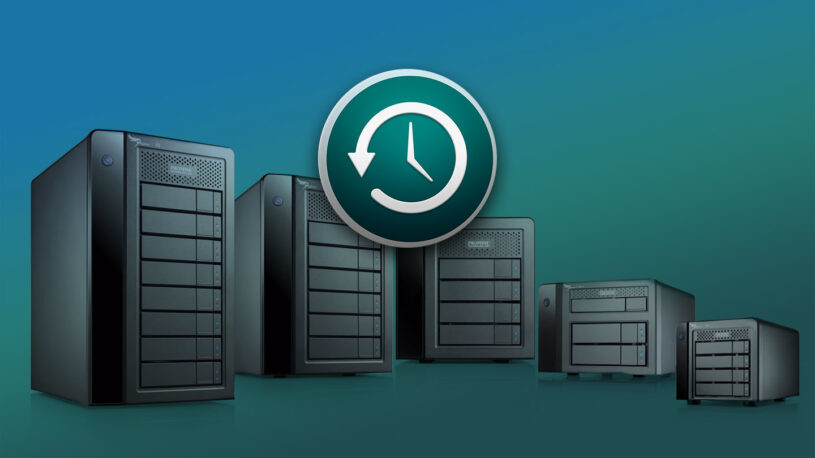In the area of data protection, it is difficult to comprehend the differences between RAID and backup. Storage systems that use RAID, or Redundant Array of Independent Disks, have higher data availability and fault tolerance. Although RAID setups offer some redundancy, their main objective is to solve problems with data loss brought on by defective hardware. In the event of more complex data loss scenarios, such as physical damage to a hard drive you should go for a specialized data recovery service which may be necessary for data recovery.
You can also go for Stellar Data Recovery if you discover that you require data recovery services. In order to help you recover your important data, Stellar Data Recovery offers both professional service and support. The company is experienced in the procedure and has a track record of recovering lost or damaged data from different storage media.
RAID and backup are two separate computing ideas related to data storage and security.
What is RAID (Redundant Array of Independent Disks)?

In order to improve data throughput, data redundancy, or both, RAID which is a data storage system, integrates numerous physical hard drives into a single logical unit. RAID is a useful option for systems that require high levels of fault tolerance and data throughput since different RAID levels offer varying trade-offs between speed and fault tolerance.
Data redundancy is achieved by using RAID configurations like RAID 1 or RAID 5, which make sure that even if a drive fails, your data is still accessible also consider taking Raid Data Recovery services which are provided by Stellar.
What is Backup?
Making copies of your crucial files and data as part of the backup procedure is essential for ensuring their protection. It helps guard against data loss brought on by device malfunctions, mishaps, or online threats.
These duplicates are often kept in several places, such as external discs or cloud storage, lowering the possibility of losing everything at once. Regular backups provide you piece of mind and let you recover your data in case of an emergency. In the current digital era, it’s a crucial procedure for protecting digital assets and guaranteeing business continuity.
Why RAID Might Be Needed?

RAID is helpful for a variety of reasons:
Data redundancy: RAID configurations like RAID 1, RAID 5, RAID 6, and RAID 10 provide redundancy, ensuring that your data is still accessible and unchanged even if one or more discs fail.
Gains in Performance: For high-performance applications like video editing or database servers, data read and write operations can be greatly sped up with RAID 0 and RAID 10.
Data accessibility: RAID configurations can assist in minimizing downtime and guarantee business continuity by guaranteeing that your data is accessible even during drive failures.
Scalability: Because various RAID levels allow you to add more discs to the array, RAID is a solution that can expand to meet your storage needs.
It can be challenging to keep in mind that even while RAID may provide redundancy and faster performance, routine backups are still necessary. Backups are still required to protect against scenarios of data loss that RAID alone cannot handle, such as accidental deletions, corrupted data, or catastrophic events that destroy the entire storage system. Combining RAID with regular backups is a dependable data protection strategy.
Understanding the Differences Between RAID and Backup for Data Protection:

RAID and backup are two essential data protection strategies, and each has a unique goal and benefits. Effective data protection requires an understanding of the distinctions between these two approaches.
RAID, or redundant Array of Independent Disks, is a technology that improves the speed, fault tolerance, and data accessibility of storage systems. The operating system is provided with a unified storage interface, and multiple physical hard drives are combined into a single logical unit to achieve this. There are various levels of RAID configurations, and each has particular characteristics:
RAID 0: Data is often striped across many disks for faster speed, giving data redundancy at this level and data loss happens even with a single failing drive.
RAID 1: RAID 1 mirrors data over two or more disks to provide redundancy and if one drive fails, data can still be retrieved from the mirrored disk(s).
RAID 5: In order to enable data recovery in the event of a single drive failure, RAID 5 strips data and incorporates parity information.
RAID 6: Comparable to RAID 5, but with dual parity, allowing for fault tolerance in the event of multiple disk failures.
RAID 10 (RAID 1+0): RAID 10 offers performance and redundancy by combining RAID 1 mirroring and RAID 0 striping.
For contexts where data availability and integrity are essential, including servers and corporate systems, RAID is useful. It guarantees that data is still accessible even if hardware fails, reducing downtime and possible data loss. RAID setups can also increase data read and write speeds, making them suited for high-performance applications like video editing and databases.
The goal of backup, on the other hand, is to make duplicate copies of your data and store them somewhere separate from your main storage system. Backups are primarily used to guard against data loss due to a variety of circumstances, such as hardware failures, data corruption, unintentional deletions, malware attacks, and natural catastrophes. Types of Backups:
Manual backups: Users transfer files or data to a network location or external storage device. Versioning and incremental backups are frequently supported by specialized software that schedules and executes routine backups.
Cloud-based backups: Data is backed up to distant cloud servers, offering an off-site duplicate that is unaffected by calamities that may occur locally.
The Main Distinctions Between Backup and RAID Are in Their Capabilities and Areas of Focus:
Purpose: RAID’s primary goal is to preserve data availability while reducing downtime brought on by hardware malfunctions inside a single storage system. By producing independent copies of data, backup is intended to guard against a wider range of data loss situations, including user mistakes, data corruption, and disasters.
Scope: RAID provides redundancy and increased speed for the data stored on those disks within the confines of a single storage system. In order to ensure data integrity and recoverability even in the event that the entire storage system fails, backup is an external procedure that makes distinct copies of the data, frequently on multiple media or locations.
Protection from Data Loss Causes: Drive failures and other hardware-related data loss causes are generally addressed with RAID. Backup handles a broader range of data loss factors, such as unintentional deletions, malware assaults, corrupted data, and disastrous occurrences like fires or floods.
RAID and backup are complimentary data protection techniques, each with its own purpose and set of advantages. While backup offers a thorough defense against a wider range of data loss scenarios, RAID improves data availability and fault tolerance inside a single storage system.
It is frequently desirable to use both RAID and conventional backup methods, combining redundancy and recoverability for the best possible data security and resilience. Check out this article and learn how your business can solve data security problems.
